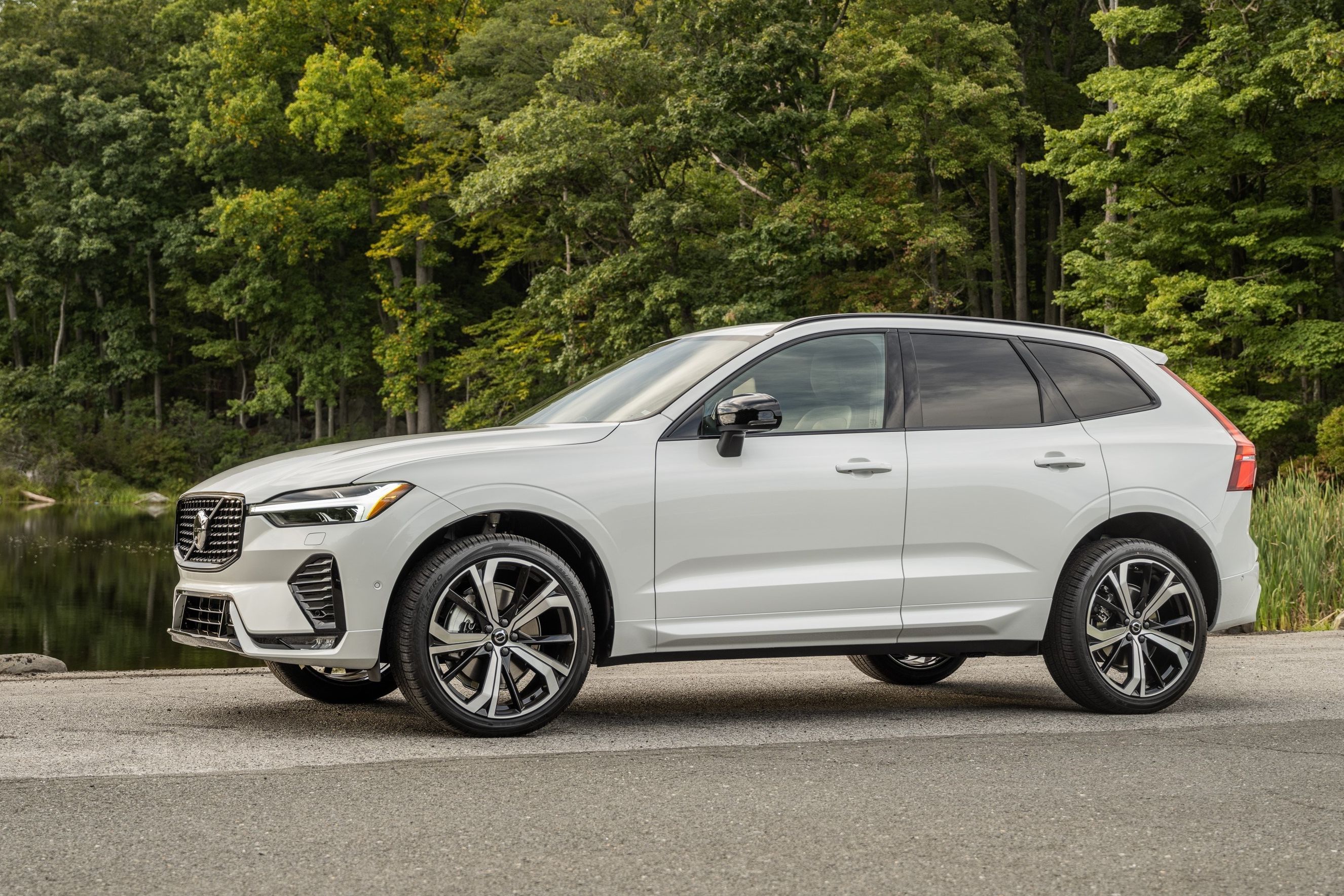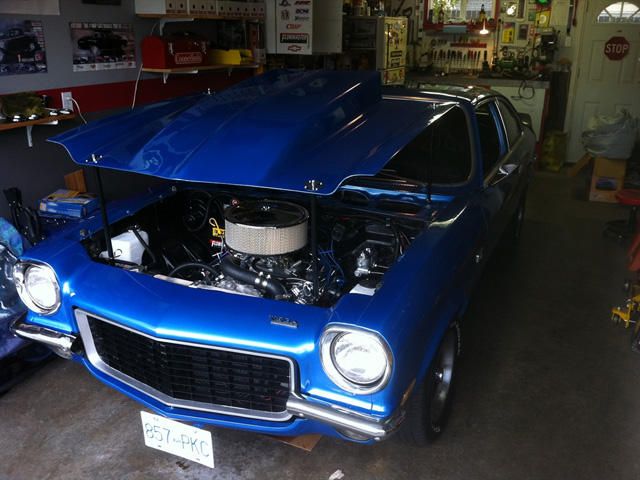
Back in the 1970s, American automakers were mainly producing large cars - both coupes and sedans. Compared to what's on the market today, those cars often resembled something more along the lines of a land yacht than daily drivers. The Vega's history began when GM started work on a small car project in the late 60s. At the time, GM wanted to fully utilize their recently developed all-aluminum die-cast engine block technology. Unlike other GM models at the time, the Vega's development process was quite different.
With the goal of having it ready to go on the road within just two years, Chevrolet decided to opt for a new management program. This involved having the chief engineer himself being in charge of the program. Along with 50 other engineers divided up to handle the car's body, powertrain, chassis, product assurance, and other factors, GM wanted to have a mini-car world beater ready to go for the 1971 model year. Production began on schedule in the summer of 1970. However, due to the tight deadlines, many quality assurance factors were overlooked even though efforts were made by the development team to avoid such defects.
The Vega received a relatively solid reception upon its launch and won Motor Trend's 1971 Car of the Year award. It was sold in several configurations, which included a hatchback coupe, notchback, wagon, and panel express wagon. Power came from a then state of the art aluminum-block 2.3-liter inline-four with 90hp. The optional engine, also an inline-four, had 110hp. By May 1973, one million Vega's had been built at GM's Lordstown Assembly Plant in Ohio. That year also saw some 300 changes to the car including new exterior and interior colors along with new front bumpers that complied with current standards.
However, because the rate of production was so high, quality issues began to pile up. Not long after production began, the Vega was produced at a rate of 73.5 units an hour. In 1975, the limited production Cosworth Vega came out. In total, 5,000 were built but what made it special was that Chevrolet developed its all-aluminum 2.0-liter inline-four with assistance from British engineering firm Cosworth. Despite this, the Vega was prone to numerous problems throughout its seven year life. The body was prone to rusting and there were engine issues. Chevrolet managed to fix most of this in 1976, but by the following year, the Vega was discontinued altogether.
The owner of this 1973 Vega went about with a complete restoration. As you can see from the photos, the car wasn't in the best condition when he first acquired it. With a $4,000 investment, he went about making some dramatic changes, the most notable of which was the deletion of the original inline-four. It was replaced with a 305 small-block Chevy V8. A couple of years later he gave it an all-new paint job which really made all the difference, exterior wise. Overall, this is a wonderful restoration job that gave this Chevy classic an entirely new life. Photos courtesy of Vegaman1

